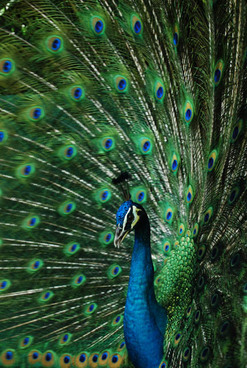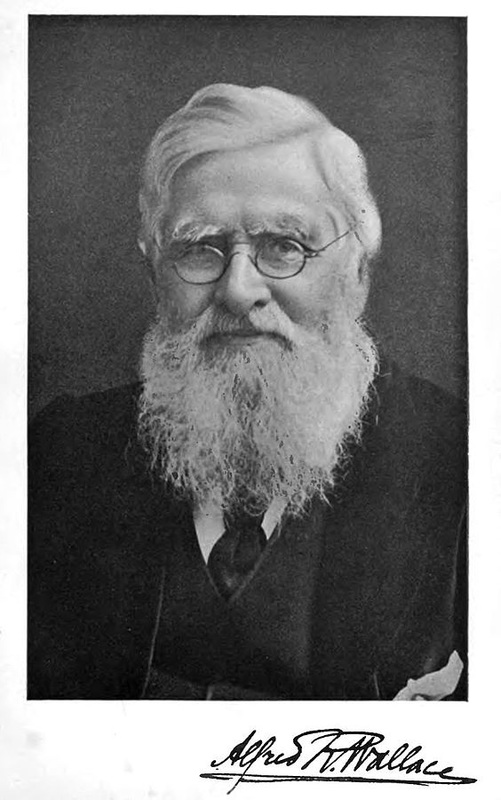Evolution and adaptation
An adaptation is a feature that makes an organism better suited to its environment by improving its reproductive and survival abilities. For a trait to be considered an adaptation it must be i) heritable, ii) functional (i.e. enable an organism to do a particular thing) and iii) increase the fitness of that individual.
Evolution is the process by which animals, plants and all other life forms gradually change over time to become better suited to their environment and life style by developing specific sets of adaptations. This happens through changes in the genetic material (DNA and RNA) of populations of individuals over generations, and can eventually give rise to new species.
Evolution is the process by which animals, plants and all other life forms gradually change over time to become better suited to their environment and life style by developing specific sets of adaptations. This happens through changes in the genetic material (DNA and RNA) of populations of individuals over generations, and can eventually give rise to new species.
|
Evolution works by two processes; natural and sexual selection. Natural selection is the process that favours individuals that are better at surviving and reproducing, whereas, sexual selection favours the acquisition of mates and successful fertilisation. Individuals - and species - are shaped by these two processes and traits often favoured by one process are disfavoured by the other leading to features that can initially appear to be ridiculous. For example, male peacocks have huge tails which they use to attract female mates. As this allows the male to gain more mates, sexual selection favours this adaptation, but having a huge tail means it can be seen by predators more easily and cannot escape as swiftly as other animals thus natural selection does not favour this trait. Consequently, the adaptation is in a state of equilibrium meaning the tail is big enough to attract mates, but not too big that the survival of all males is significantly reduced.
|
Charles Darwin and Alfred Russel Wallace revolutionised the study of the natural world by introducing these theories to science. Both scientists came up with the theory at the same time but as Darwin was a more prominent figure and has his name on the publication first, he is often solely given credit for this discovery.




